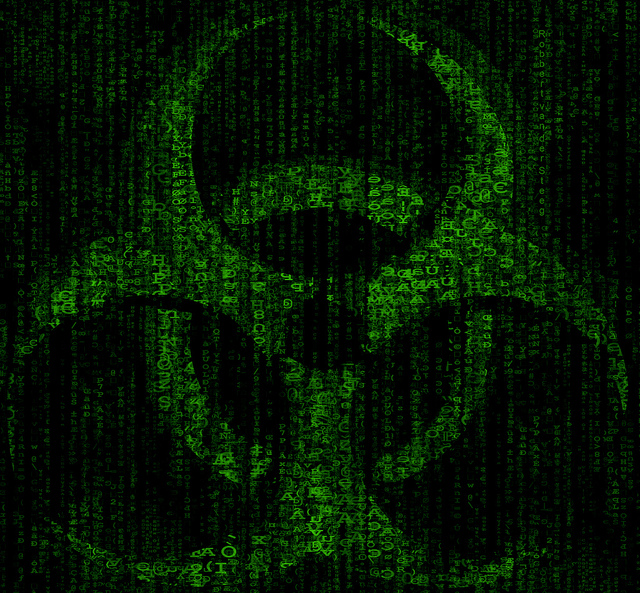OSHA’s promulgation of an infectious disease rule/standard to protect healthcare workers and employees in healthcare facilities from microorganisms that cause illness and infection would be a welcome expansion of the work OSHA has already done related to bloodborne pathogens.
A standard of national caliber would not apply any more pressure to healthcare employers than they already place on themselves to protect the patients and healthcare workers they serve. On the contrary, a rule would highlight the importance of the safety and health of healthcare workers.
However, just when we, as a nation, are designing programs to protect healthcare workers from exposure to emerging infectious diseases, like Ebola virus, small businesses say, “No thanks, OSHA, we’re all good.” Just recently, the Small Business Advocacy Review (SBAR) Panel issued a report to OSHA Assistant Secretary Dr. David Michaels that said small healthcare businesses (to include ambulatory surgery, doctors' offices, dental offices, specialty clinics and dialysis centers, to name only a few) weren’t interested in better protections for their workforce.
Small entity representatives (SERs) decided that the guidance that is already in place is good enough and that OSHA would just be adding more requirements.
The SBAR report stated:
Many SERs felt that this rule would overlap with and/or duplicate other relevant guidelines and regulations, including, for example, materials issued by the Centers for Medicare and Medicaid Services (CMS), the Joint Commission and other voluntary accrediting organizations, and state accrediting boards.
SBAR has a point: Guidance is in place from CMS, the Joint and others, like CDC. But the guidance is almost completely to protect the
patient, not the
worker.
The American Public Health Association (APHA) disagrees with the SBAR panel and firmly believes that an OSHA standard should be fast tracked to protect the working public. The APHA issued a
national policy statement just last month.
We learned from the Ebola exposures in Dallas that those infected after exposure were the healthcare workers, not other patients. If a patient enters an emergency department feeling generally ill, it is not typically the other patients who are potentially exposed to a yet-to-be-identified pathogen; rather, it is the string of healthcare workers with whom the patient comes into contact. Those include workers who examine the patient, take vitals, take blood or other specimens, assess, diagnosis and eventually treat. In the case of the Dallas Ebola victim, that was dozens of healthcare workers both in and outside of the hospital over more than a week’s time.
The population of healthcare workers that a standard like OSHA’s infectious disease standard could protect is vast. It is typically in smaller healthcare settings that greater protections are needed, as these operations often intersect more closely with the community and have lesser controls in place compared with hospitals or larger health systems. In fact, nearly 10% of the U.S. working population is employed in healthcare settings of all sizes, and healthcare will generate millions of new jobs through the next decade (Bureau of Labor Statistics 2013). This sector of the workforce represents the largest segment of employment growth in the U.S. and serves the largest proportions of Americans, ensuring proper and timely diagnosis, treatment and care. Healthcare employment is marked as the industry sector with the largest growth (2.4%).
Better controls to protect our most important healthcare assets -- its workers -- are needed now.
OSHA’s bloodborne pathogens standard (BPS) alone will not address these important and constantly emerging occupational risks associated with hazards that are not often visible to the naked eye. Promulgating an infectious disease role nationally, much like CalOSHA did with its aerosol transmissible diseases standard (ATD, §5199), would provide OSHA the opportunity to work with healthcare facilities and providers of care to develop standards that protect their employees from not just physical or chemical hazards, but biologic ones. Healthcare facilities would have the ability to control the environment of patient care and make it safer for all who enter: patients, family, friends, volunteers, contractors and caregivers alike.
This standard, if done right, has the potential to provide the following benefits:
- Prevent transmission of microorganisms that cause illness and infection
- Improve safety for healthcare workers
- Make care for patients safer
- Increase the viability of the healthcare work force and the healthcare economy
- Reduce costs associated with workers' compensation, time away from work, staff turnover
- Provide a collaborative, bridge-building role with other U.S. agencies like CMS, CDC and the Food and Drug Administration (FDA)
- Serve as a model for other countries
OSHA’s continued journey down the path of promulgating an infectious disease standard illustrates the role that it can play in bridging the gap between infectious disease and occupational safety and health experts.


